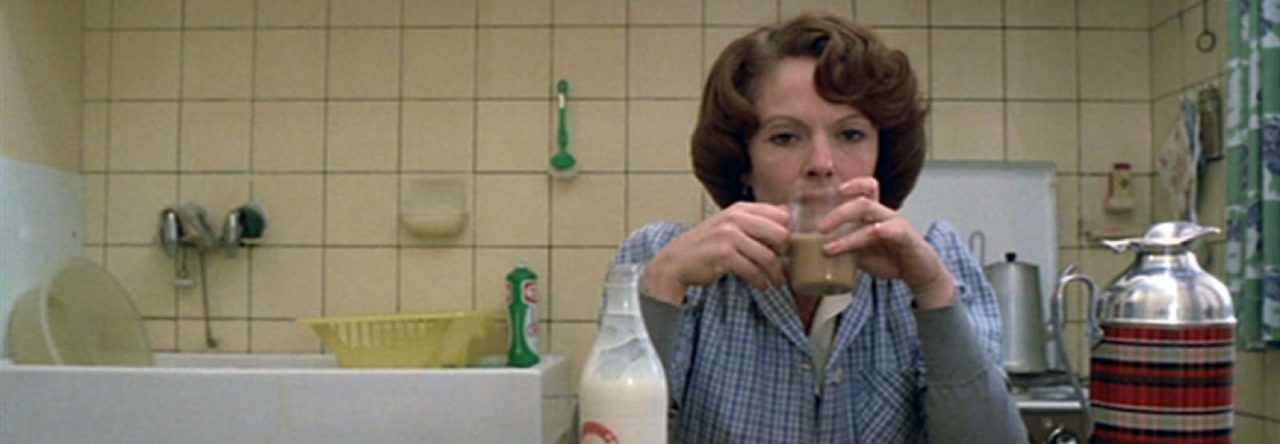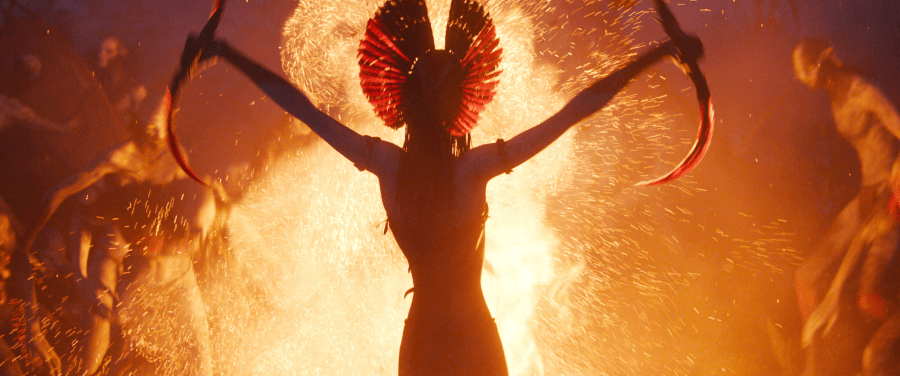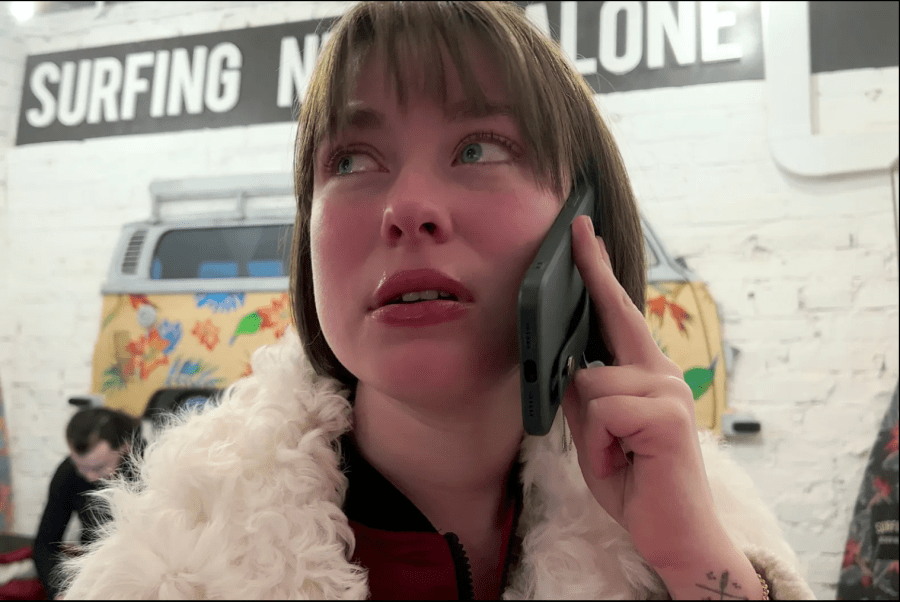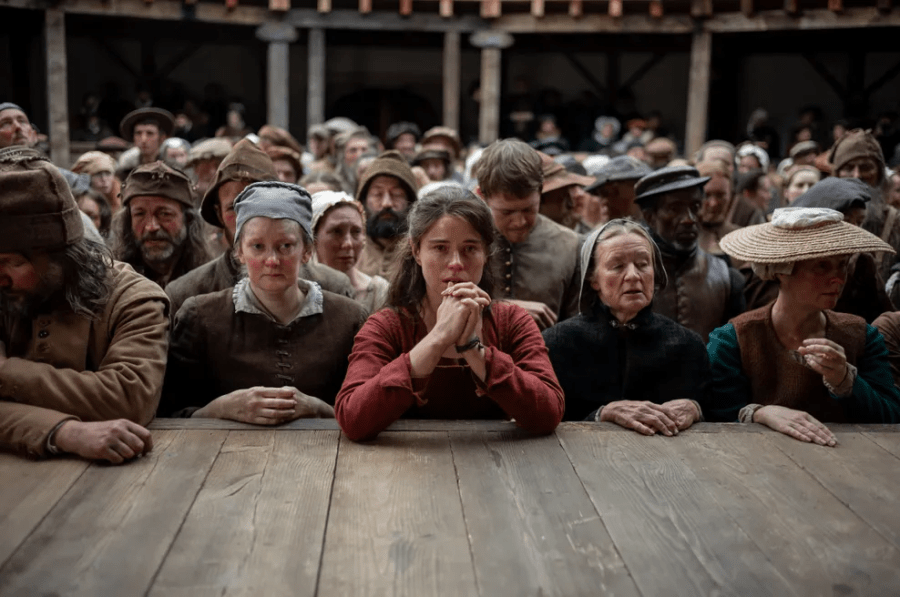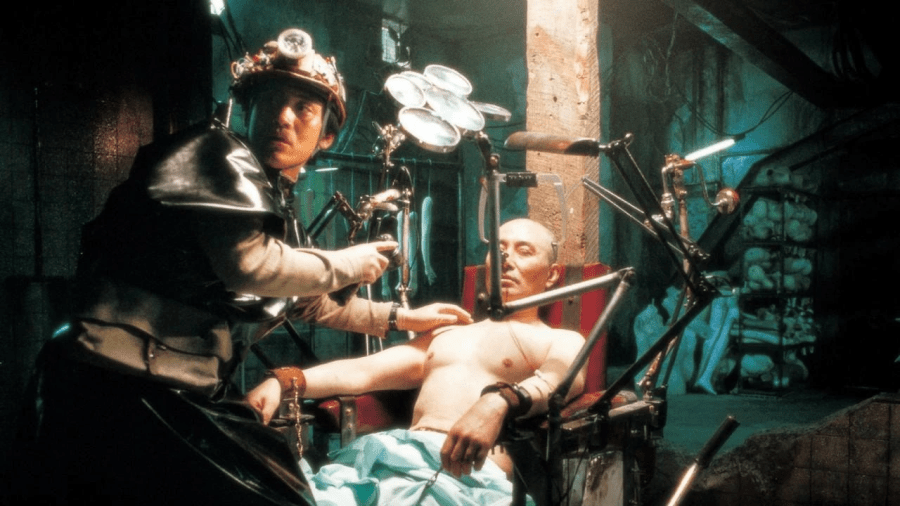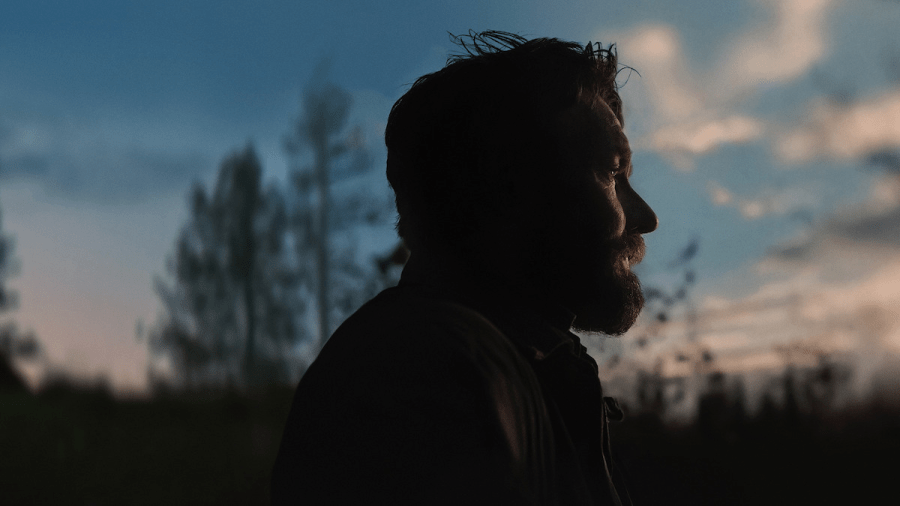Sorry that I disappeared for a couple of weeks. Life is never easy around the holidays. There was no way that I wouldn’t be back to talking about the only blockbuster of the year to which I was looking forward.
The thirteen-year gap between the first and second Avatar films represents me at very different points in my cinematic journey. In 2009, I was a college student who had recently been introduced to my first Kurasawa and Bergman films. Having my first taste of arthouse cinema, I was predisposed to be exceptionally snooty about Avatar. I saw it in theaters once and dismissed it for being a shallow story that had been told dozens of times previously. In 2022 when the Way of Water came out, my tastes had evolved. While I still tend to prefer an arthouse film over a blockbuster, I can appreciate a film that puts its craft before the screenplay as a piece of visual art. This led me to seeing Way of Water in the theaters three times because while James Cameron had not improved his screenwriting ability in the decade, seeing the visuals on the biggest screen and in 3D was a necessity for me.
Now three years later, I went into Fire and Ash excited to see what visuals Cameron would create to elate my eyes. While the Sully story is still not the strength of the films, I was also interested in some of the themes that Cameron was exploring and hoped that he would expound upon them.

With his third entry in the Avatar series, Cameron has distilled his skills to their purest form, and that is both a compliment and a criticism. To start with the negative, the screenplay to Fire and Ash is easily the worst of the three. Despite the three-hour plus run time, it still feels like the plot is rushing constantly, and many of the plot points that it is rushing to are rather groan worthy. It rehashes the exact same story between Jake (Sam Worthington) and Lo’ak (Britain Dalton) as in the Way of Water, and every character seems to be rehashing things from that film to some extent.
On the other hand, Fire and Ash is one of the most gorgeous pieces of celluloid I have ever had the privilege to see. Having never fallen for the gimmick of 3D outside of a few exceptions, the Avatar films are the only two movies I’ve seen this decade in the 3rd dimension and would highly recommend it to anyone. While just as full of CGI as the average superhero film, Cameron manages to bring depth to his images by shooting them in a more naturalist framing and lighting than the other blockbuster which use a heavy reliance on wide shots with flat lighting to make the CGI easier. Cameron has always been dedicate to his craft and the crystal clear picture with the depth of 3D in the various Pandoran biomes has never been more spectacular.

The last thing to touch on is a theme that Cameron has been developing I the three films so far. Cameron has been interested in exploring the theme that diverse groups are stronger together than apart. Specifically, that the Navi and Humans when working together can overcome either individually. In depicting this theme, however, Cameron has flirted with and occasionally crossed the line into a traditional white savior narrative. This was especially problematic in the first and while it never fully escaped that narrative in the second, the third does lean back into the problematic side.

James Cameron continues to be appointment watching, and while this does feel like the weakest of the three Avatar films, I still cannot help but endorse seeing it on the big screen. Blockbusters made from a place of passion and desire to create art simply don’t exist anymore outside of his hands. While I can quibble with this film’s story and themes, it is still the most visually spectacular thing that I’ve seen in theaters at least since The Way of Water. Cameron has made a lifelong fan in me and I hope that we do get the 4th and 5th entries into this series.
